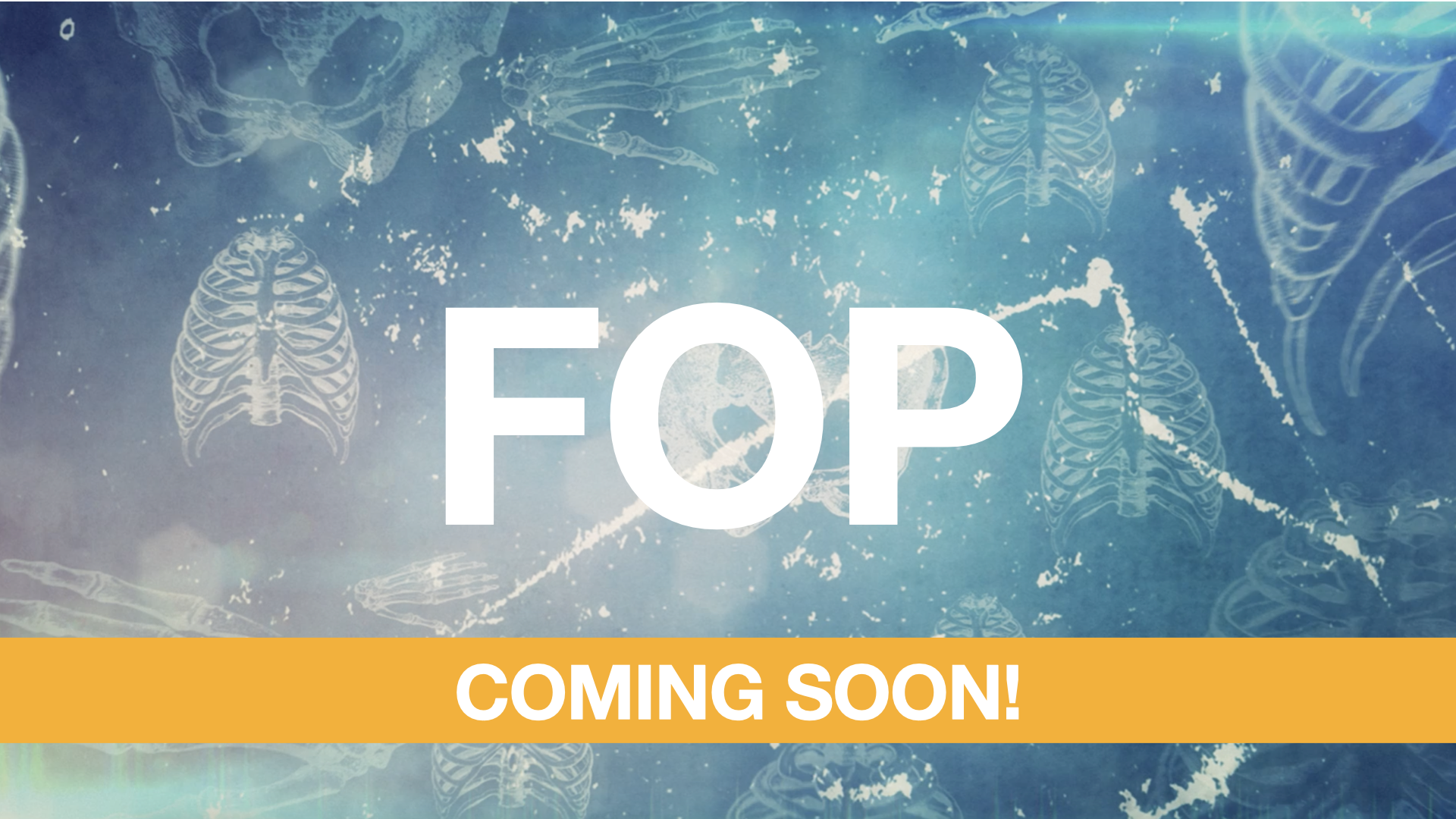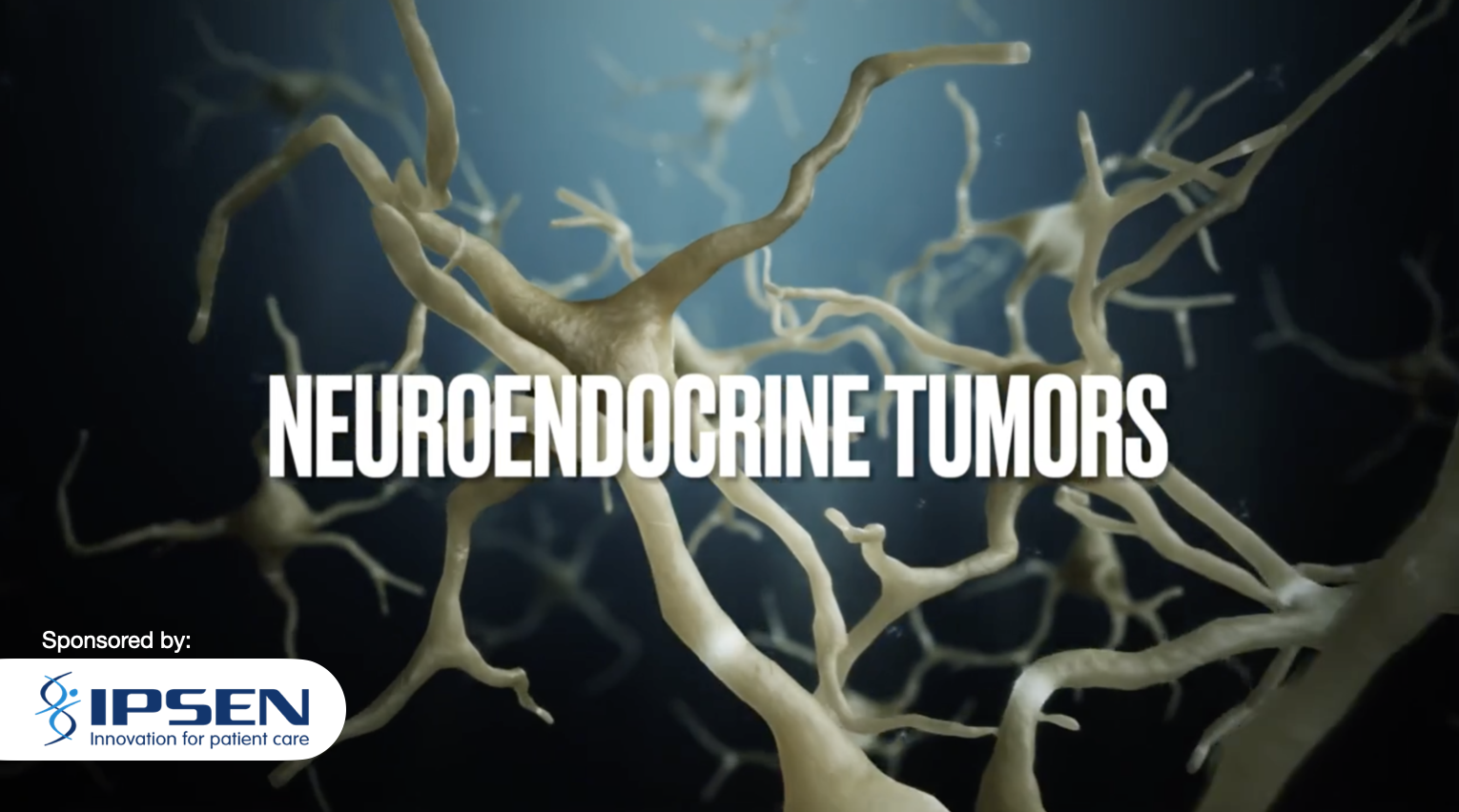It seems that the hope of gene therapy for transfusion-dependent β-thalassemia (TDT) is becoming so close. During the 62nd American Society of Hematology (ASH) annual conference, bluebird bio Inc presented a longe term data for their innovative and breakthrough gene therapy betibeglogene autotemcel gene therapy ( LentiGlobin™).
Long-term follow-up showed that all patients who achieved transfusion independency remained free from transfusions [median duration of ongoing transfusion independency is 39.4 months (min-max: 19.4 – 69.4 months)].
After participating in and completing the two years of follow-up in either Phase 1/2 studies (HGB-204, HGB-205), or in one of the Phase 3 studies (HGB-207, HGB-212), patients treated with beti-cel were invited to enroll in the 13-year long-term follow-up study, LTF-303. As of March 3, 2020, 32 patients were enrolled in LTF-303 (22 treated in Phase 1/2 studies, 10 treated in Phase 3 studies) with a median post-infusion follow-up of 49.1 months (min-max: 23.3 – 71.8 months). Long-term follow-up showed that all patients who achieved transfusion independency remained free from transfusions [median duration of ongoing transfusion independency is 39.4 months (min-max: 19.4 – 69.4 months)]. Moreover, Following an initial increase in liver iron concentration (LIC) after infusion, LIC in patients who achieved transfusion independency decreased, particularly in patients with a high iron burden at baseline. Patients with severe (LIC >15 mg/g, n=2) and significant (LIC ≥7 – 15 mg/g, n=5) iron burden at baseline had a median reduction of 59% and 38%, respectively, from baseline to Month 48. Additionally, 23 patients achieved transfusion independency following treatment with beti-cel, the majority (65%, n=15) discontinued iron chelation and 30% (7/23) were able to receive phlebotomy (blood removal), which is a preferred method for iron reduction.
On the safety side, the (13-year long-term follow-up studyLTF-303), showed no deaths, no graft-versus-host disease (GVHD), and no cases of replication-competent lentivirus, insertional oncogenesis or clonal dominance.
The above data is considered promising data for transfusion-dependent β-thalassemia (TDT) patients that suffered from the chronic debilitating disease since birth.






